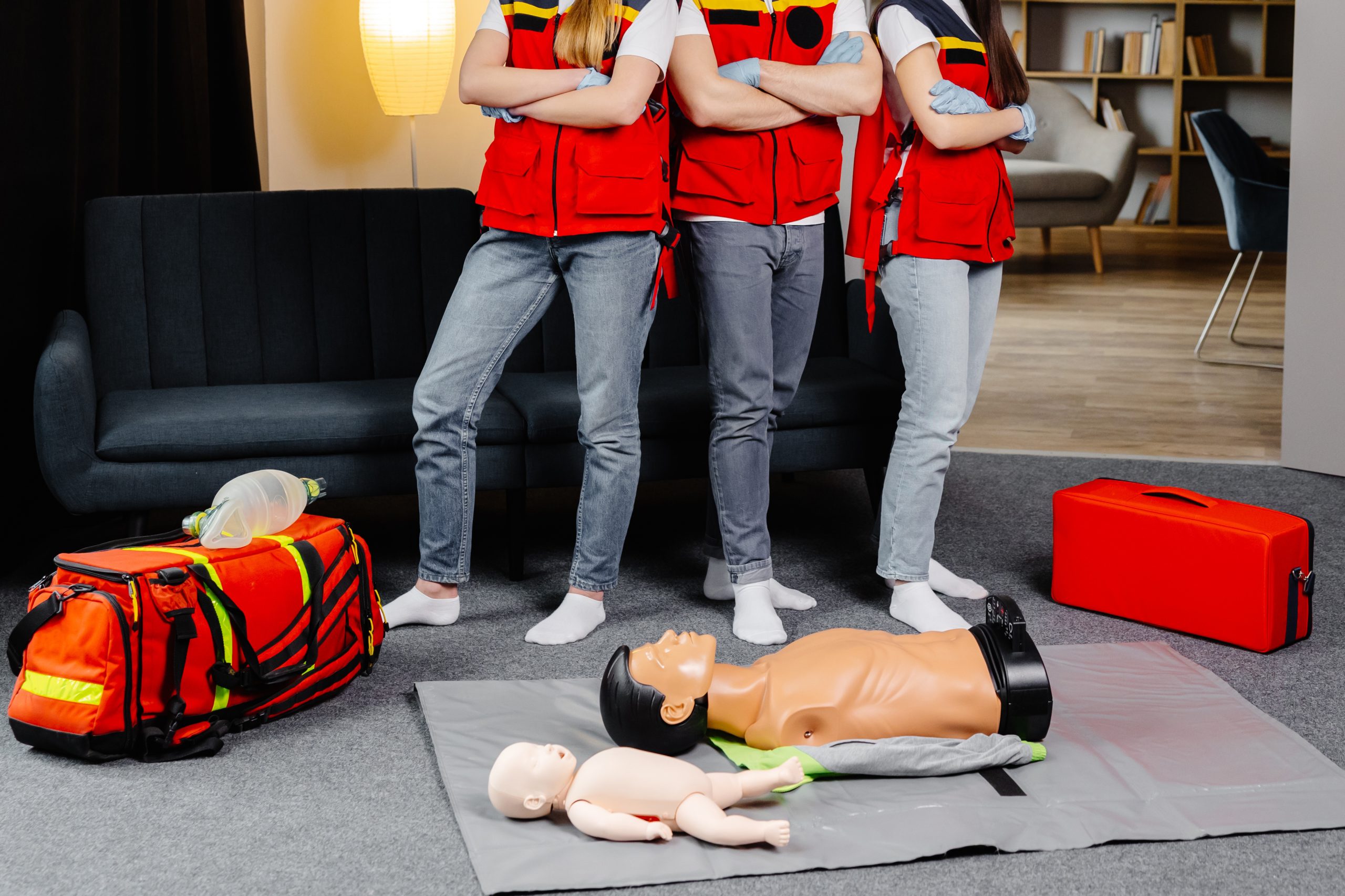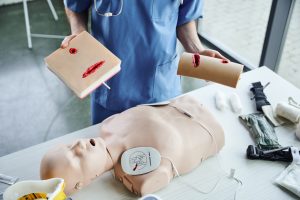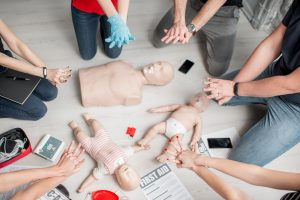
Menu
Close
You want to compare cpr manikins canada, understand what “smart” feedback does, and choose the right mix for your classes. This guide gives you a clear buying checklist, class ratios, setup steps, and cleaning tips—so you can make an informed decision today.
Goal: help you pick manikins that raise learner confidence and keep your classes on schedule.
“Smart” manikins capture compression depth, rate, recoil, and sometimes ventilation volume. Feedback appears on LEDs, a chest indicator, or a paired app.
What this changes:

Simple indicators are fine for practice. App-based dashboards shine during assessments or large classes.
With real-time feedback:
In short, feedback helps learners “feel” correct depth and rhythm, which sticks longer after certification.
Use this list before you add items to cart.
Must-haves
Nice-to-haves
Check that faces resist makeup and sunscreen transfer. Confirm you can get replacement lungs, faces, and springs from a Canadian supplier so you’re not waiting on overseas shipping.
Many programs mix styles: LEDs for practice mats and one app-connected unit for testing.
Look for one-way valves or disposable lungs. Face-skin parts that remove for washing keep cleaning fast. Keep a bin of labelled consumables with each kit.

Right-sizing your fleet keeps classes moving.
Tip: keep one spare adult torso built and ready. It saves a class when a spring snaps mid-day.
Small habits reduce stress:
For large rooms, place one smart feedback unit at the front for demos and scoring, with basic torsos for practice rows.
Consistent hygiene keeps everyone comfortable.
Between learners
End of session
For background on how CPR methods evolved and why quality matters, see Heart & Stroke’s history piece: The amazing story of CPR.
Even if your bystander modules focus on hands-only for adult sudden collapse, a cpr pocket mask still helps when ventilations are part of the scenario—infants, children, drowning, or when your training requires breaths.
What to carry:
Learners feel safer giving breaths during drills when a barrier device is on hand.
Plan for upfront gear and steady consumables.
Stretch your budget by mixing basic torsos with one or two smart units for testing. Upgrade over time as class volume grows.
You want in-stock gear, clear product sheets, and parts you can get quickly. Start with a call or message, share your class size and course list, and ask for a bundle that fits.
This guide is general information for Canadian training contexts. Always follow your certifying body and employer policies, and the instructions that ship with your equipment.
Are smart manikins required for certification?
Requirements vary by program. Many centres use at least one feedback unit to standardize testing and coaching.
Do I need separate manikins for infants and children?
Yes. Scaled anatomy and chest resistance build correct muscle memory for each age group.
How often should I replace lungs or valves?
Follow your training policy. Many programs swap between learners or sessions and log replacements.
Can I mix basic torsos and smart units?
Absolutely. Use basic torsos for practice rows and one smart unit for demonstrations and scoring.
What about cleaning between back-to-back classes?
Set up a cleaning station, rotate spare faces, and keep a labelled bin of lungs and wipes to speed changeovers.